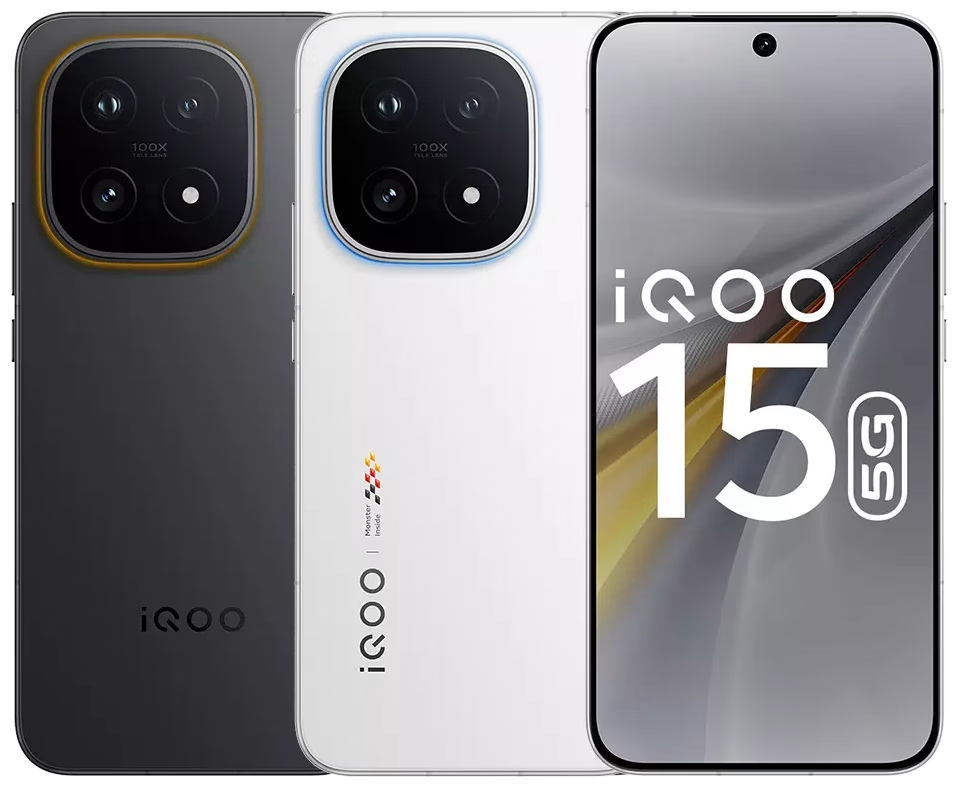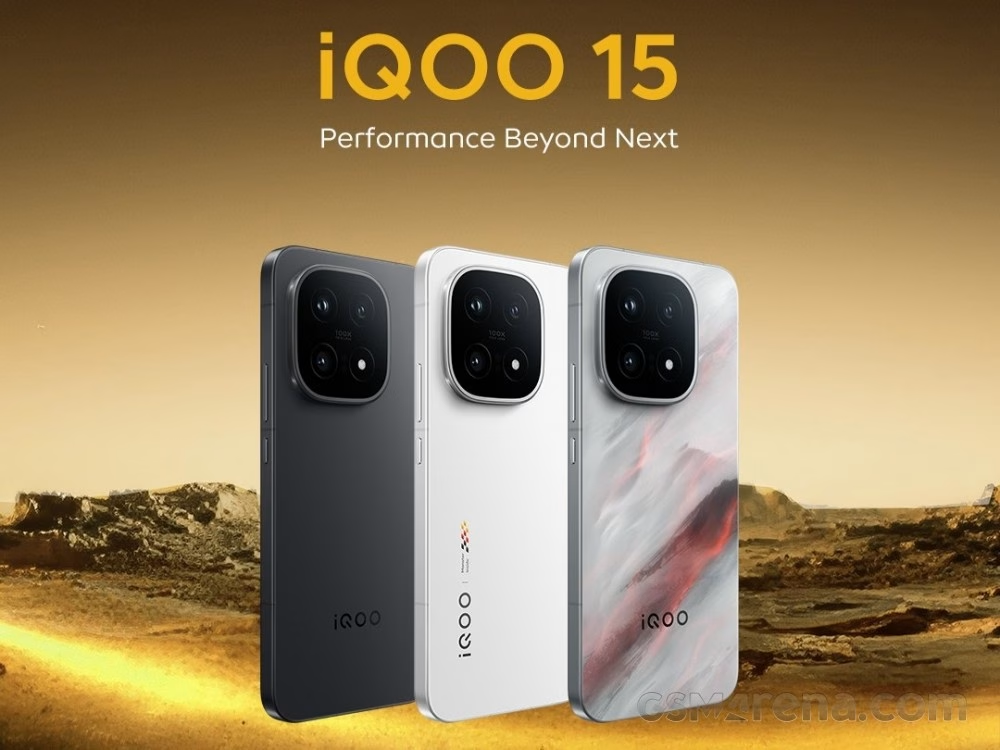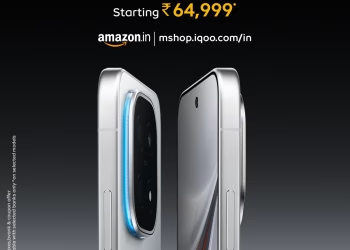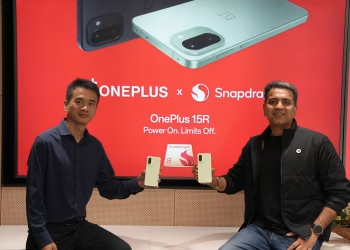Flagship smartphone prices just took a dramatic leap, and the iQOO 15 leads the surge with a staggering ₹18,000 increase over its predecessor—the steepest price hike among recently launched flagships. While premium phones always commanded high prices, this generation’s pricing strategy marks a significant shift that could reshape buying decisions for Indian consumers.
Table of Contents
The Price Hike Breakdown
Here’s how India’s latest flagship smartphones compare to their predecessors in launch pricing:
| Brand & Model | Previous Gen | Current Gen | Price Increase | % Increase |
|---|---|---|---|---|
| OnePlus 13 → 15 | ₹70,000 | ₹73,000 | ₹3,000 | 4.3% |
| Oppo Find X8 → X9 | ₹70,000 | ₹75,000 | ₹5,000 | 7.1% |
| Realme GT 7 Pro → GT 8 Pro | ₹60,000 | ₹73,000 | ₹13,000 | 21.7% |
| iQOO 13 → iQOO 15 | ₹55,000 | ₹73,000 | ₹18,000 | 32.7% |
The data reveals a troubling trend: iQOO 15’s 32.7% price increase dramatically outpaces inflation, component costs, or reasonable generation-over-generation improvements.

iQOO 15: The Value Proposition Problem
At ₹73,000, the iQOO 15 now competes directly with OnePlus 15 and Realme GT 8 Pro—brands with stronger ecosystem support, better software track records, and critically, superior resale value.
The Resale Value Challenge
iQOO devices historically suffer from poor resale retention:
- 6-month depreciation: 30-40% value loss
- 1-year depreciation: 50-60% value loss
- Limited secondary market demand: Fewer buyers seek used iQOO phones
- Brand perception: Still viewed as “budget flagship” despite premium pricing
For buyers planning to upgrade every 2-3 years, this depreciation matters significantly. A ₹73,000 iQOO 15 might fetch only ₹35,000-40,000 after one year, while a OnePlus 15 at the same price could retain ₹45,000-50,000.
For resale value comparisons across brands, check our smartphone depreciation guide.

Why the Aggressive Pricing?
Several factors explain the price escalation:
1. Component Costs: Snapdragon 8 Gen 3 chips, advanced cameras, and display tech cost more
2. Feature Parity: Brands matching premium features previously exclusive to ultra-flagships
3. Market Positioning: iQOO attempting to shed “budget flagship” image
4. Currency Fluctuations: Import duties and dollar-rupee exchange rates
5. Premium Segment Growth: Targeting affluent buyers willing to pay more
However, a ₹18,000 jump exceeds what component improvements justify, suggesting aggressive repositioning rather than cost-driven pricing.
Value Analysis: Is iQOO 15 Worth ₹73,000?
What You Get:
- Flagship Snapdragon processor
- High-refresh-rate AMOLED display
- Advanced camera system
- Fast charging technology
- Premium build quality
What You Sacrifice:
- ₹18,000 more than last generation
- Weak resale value retention
- Limited software update commitment (vs. Samsung/OnePlus)
- Smaller service network than competitors
- Less robust ecosystem integration
For specifications comparison, explore our flagship phone analysis.

The Competitive Landscape at ₹73,000
At this price point, buyers face compelling alternatives:
OnePlus 15 (₹73,000):
- Stronger brand reputation
- Better resale value (15-20% higher retention)
- More consistent software updates
- Larger service network
Realme GT 8 Pro (₹73,000):
- Similar specs to iQOO 15
- Slightly better ecosystem integration
- Comparable resale challenges
Samsung Galaxy S24 (₹70,000-75,000 range):
- Industry-leading software support (4+ years)
- Best-in-class resale value
- Comprehensive ecosystem (watches, buds, tablets)
- Premium brand perception
The iQOO 15’s biggest challenge? It doesn’t clearly justify why buyers should choose it over these alternatives at identical pricing.
Should You Buy the iQOO 15?
Consider it if:
- You prioritize raw performance over brand value
- You plan to keep the device 3+ years (resale irrelevant)
- iQOO-specific features align with your needs
- You’re getting significant launch offers/discounts
Avoid it if:
- You upgrade phones every 1-2 years
- Resale value matters for your budget planning
- You value ecosystem integration (watches, earbuds, etc.)
- Software update longevity is a priority
For personalized buying recommendations, visit our smartphone buying guides.

The Broader Trend: Flagship Inflation
This pricing generation signals a shift in India’s smartphone market:
- Mid-range phones improving faster than flagships
- Premium segment pricing becoming more aggressive
- Value-conscious buyers pushed toward mid-tier options
- Resale value becoming critical purchase consideration
As flagships approach ₹75,000-80,000, the ₹30,000-50,000 mid-range segment gains attractiveness, offering 80% of flagship performance at 50-60% of the cost.
The Bottom Line
The iQOO 15’s ₹18,000 price hike over the iQOO 13 represents the steepest increase among recent flagship launches, raising serious value questions. At ₹73,000, it competes directly with OnePlus 15, Realme GT 8 Pro, and Samsung Galaxy S24—all offering superior resale value, ecosystem benefits, or software support. Unless iQOO delivers exceptional performance that justifies the premium or you’re indifferent to resale value, this pricing makes the iQOO 15 a tough sell in India’s increasingly competitive flagship market.
Compare flagship phones and find the best value at TechnoSports, your trusted source for smartphone buying decisions.
Planning a flagship purchase? Read our flagship vs. mid-range comparison to determine if premium pricing delivers proportional value.








